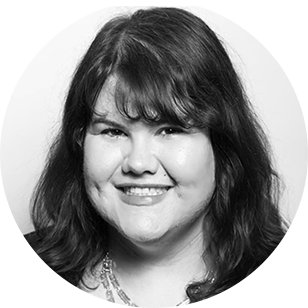What happened in the Robb Elementary School shooting
At least 19 children and two adults were killed by the gunman
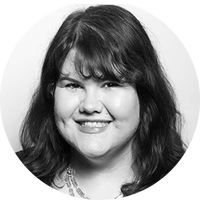
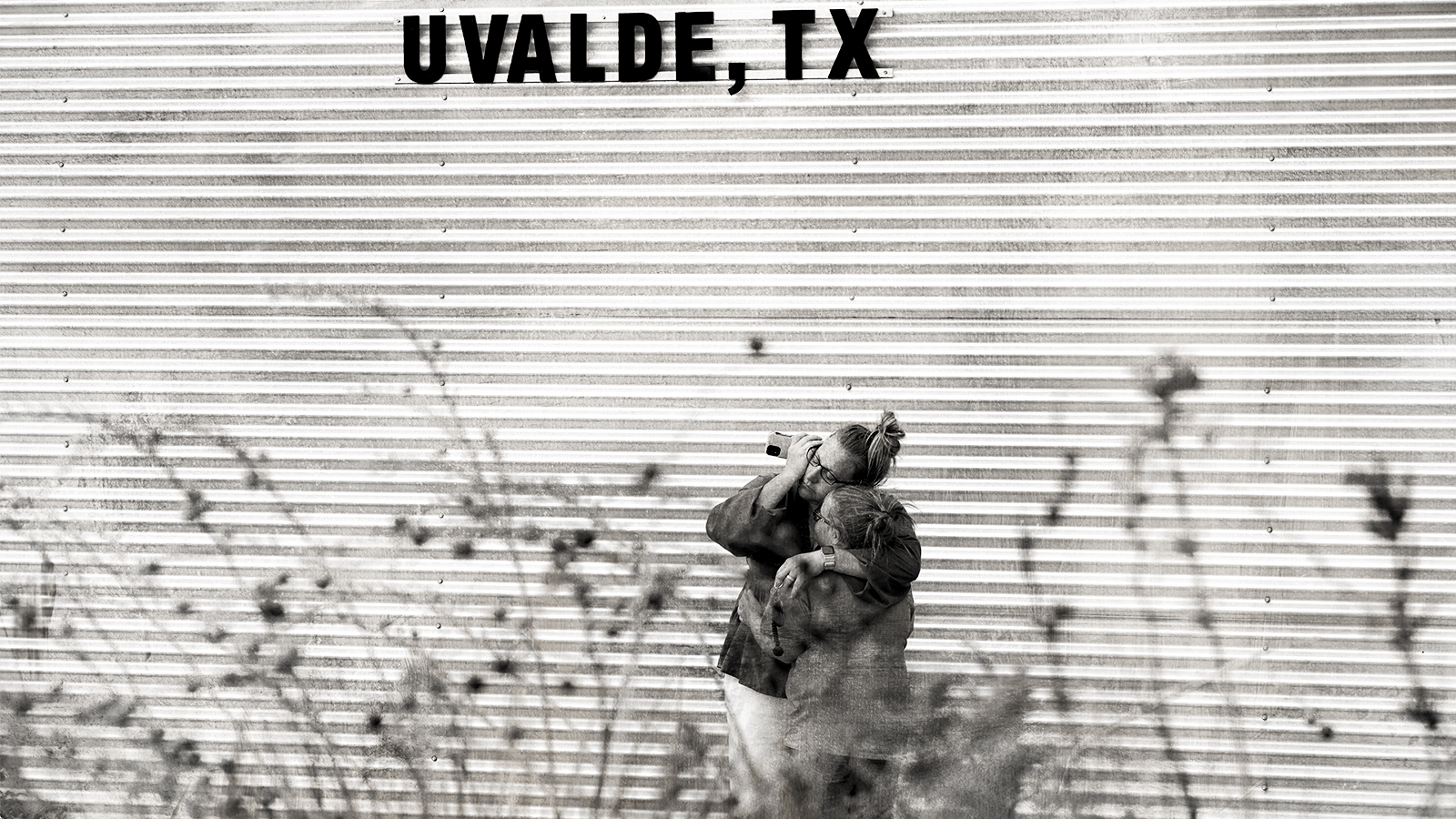
On Tuesday morning, a lone gunman opened fire at Robb Elementary School in Uvalde, Texas, killing at least 19 children and two adults. The 18-year-old suspect is dead, with Texas Gov. Greg Abbott (R) saying it is believed he was killed by responding police officers. In the wake of the massacre — the deadliest school shooting in Texas history and the deadliest in the United States since Sandy Hook — President Biden called on lawmakers to "stand up to the gun lobby" and pass common-sense gun laws. Here's everything you need to know:
How did the incident at Robb Elementary School start?
Before the suspect, identified as Salvador Ramos, arrived at Robb Elementary School shortly before noon, he allegedly shot his grandmother at her home in Uvalde, about 84 miles west of San Antonio. He then fled in a pickup truck and crashed into a barrier outside of Robb Elementary School, Texas Department of Public Safety Sgt. Erick Estrada said. Initially, law enforcement officials said a school police officer and two Uvalde police officers fired at the suspect when he tried to enter the school, but during a Thursday morning press conference, Victor Escalon Jr., South Texas regional director for the state Department of Public Safety, said this was incorrect and Ramos was able to "walk in unobstructed."
The gunman was inside the school for about an hour and wore body armor. He "shot and killed horrifically, incomprehensibly," Abbott said. The governor also told reporters he believed the suspect was killed by a responding officer; a law enforcement official told The Associated Press the suspect was shot by a Border Patrol agent who heard gunfire and raced to the school. All of the fatalities and injuries took place inside one classroom. About 500 students in the second, third, and fourth grades attend Robb Elementary School, and about 90 percent are Hispanic, The New York Times reports.
The Week
Escape your echo chamber. Get the facts behind the news, plus analysis from multiple perspectives.

Sign up for The Week's Free Newsletters
From our morning news briefing to a weekly Good News Newsletter, get the best of The Week delivered directly to your inbox.
From our morning news briefing to a weekly Good News Newsletter, get the best of The Week delivered directly to your inbox.
What do we know about the victims?
Relatives have identified some of the victims who died on Tuesday, including students Uziyah Garcia, Xavier Lopez, Amerie Jo Garza, Jose Flores Jr., Alithia Ramirez, Makenna Lee Elrod, Annabell Guadalupe Rodriguez, Eliahana Cruz Torres, Eliahna "Ellie" Garcia, Rojelio Torres, Jacklyn Cazares, Jaliah Nicole Silguero, Jayce Carmelo Luevanos, and Alexandria "Lexi" Aniyah Rubio. Several of the students were related; Silguero and Luevanos were cousins, as were Rodriguez and Cazares.
One of the educators who was killed was Eva Mireles, a fourth-grade teacher. Her aunt, Lydia Martinez Delgado, told the Times her niece was "the fun of the party," and had been a teacher for 17 years. Irma Garcia, Mireles' co-teacher for five years, was also killed in the shooting, her son Christian Garcia told NBC News. She taught at Robb Elementary School for 23 years and was a mom of four.
It is unclear how many people were wounded in the shooting, and several are being treated at local hospitals. The suspect's grandmother was airlifted to a San Antonio hospital and is in critical condition, Estrada said.
A family reunification center was set up at the SSGT Willie de Leon Civic Center in Uvalde, and officials there swabbed parents for DNA in order to identify the remains of victims. Reporters outside in the parking lot on Tuesday night could hear the screams and sobs of families being notified that their child had been killed.
A free daily email with the biggest news stories of the day – and the best features from TheWeek.com
About 16,000 people live in Uvalde, and Uvalde County Commissioner John Yeackle said because it's a small town, "no one is going to be unaffected. There won't be anybody that doesn't know — either directly or indirectly — either family or friends that are going to be affected by this."
What was the suspect's motive?
Texas state Sen. Roland Gutierrez (D) told AP on Tuesday the suspect made posts online alluding to an imminent attack, and earlier this month, after his 18th birthday, purchased at least two military-style rifles. A teenage girl in Europe who met the suspect online showed CNN text messages he allegedly sent to her on Tuesday, saying that he shot his grandmother and intended to "shoot up a[n] elementary school." Santos Valdez Jr., a former friend of the suspect, told The Washington Post he was bullied by other students for, among other things, having a speech impediment, and recently, he admitted to cutting himself "for fun." Valdez said the suspect would also sometimes drive around at night with another friend and shoot people at random with a BB gun.
What are politicians saying about the shooting?
President Biden addressed the nation on Tuesday night, and called on lawmakers to "stand up" to the gun lobbies and "turn this pain into action, for every parent, for every citizen in this country." Most Americans support "common-sense gun laws" that are known to "work and have a positive impact," he said, adding that he's "sick and tired" of children dying in mass shootings. "Why are we willing to live with this carnage?" he asked. "Why do we keep letting this happen? Where in God's name is our backbone, the courage to deal with and stand up to the lobbies?"
Sen. Ted Cruz (R-Texas) tweeted that it was "a dark day," and told reporters that instead of enacting gun control measures, there needs to be more armed law enforcement on school campuses, claiming this is "one of the most effective tools for keeping kids safe." This was met with pushback by Sen. Chris Murphy (D-Conn.), who tweeted, "As we look for solutions, this is important. Because over and over — from Parkland to El Paso to Dayton to Uvalde — armed personnel on-site couldn't stop mass shooters who only needed minutes for mass slaughter."
Murphy also spoke on the Senate floor Tuesday evening, pleading with his fellow lawmakers to do something to curb the epidemic of gun violence in the United States. "What are we doing?" he asked. "I'm here on this floor to beg — to literally get down on my hands and knees — to beg my colleagues. Find a path forward here. Work with us to find a way to pass laws that make this less likely." Murphy said he understands Republican lawmakers "will not agree to everything that I may support, but there is a common denominator that we can find. But by doing something, we at least stop sending this quiet message of endorsement to these killers whose brains are breaking, who see the highest levels of government doing nothing, doing nothing, shooting after shooting."
Is the National Rifle Association still holding its convention in Texas?
Yes, the NRA is moving forward with its annual meeting set to begin Friday in Houston. Cruz, Abbott, former President Donald Trump, Rep. Dan Crenshaw (R-Texas), and South Dakota Gov. Kristi Noem (R) are all scheduled to appear. Because Trump will be in attendance, NRA members will have to leave their guns behind, as per Secret Service guidelines, "firearms, firearm accessories, knives, and other items will not be permitted in the General Assembly Hall."
Catherine Garcia has worked as a senior writer at The Week since 2014. Her writing and reporting have appeared in Entertainment Weekly, The New York Times, Wirecutter, NBC News and "The Book of Jezebel," among others. She's a graduate of the University of Redlands and the Columbia University Graduate School of Journalism.
-
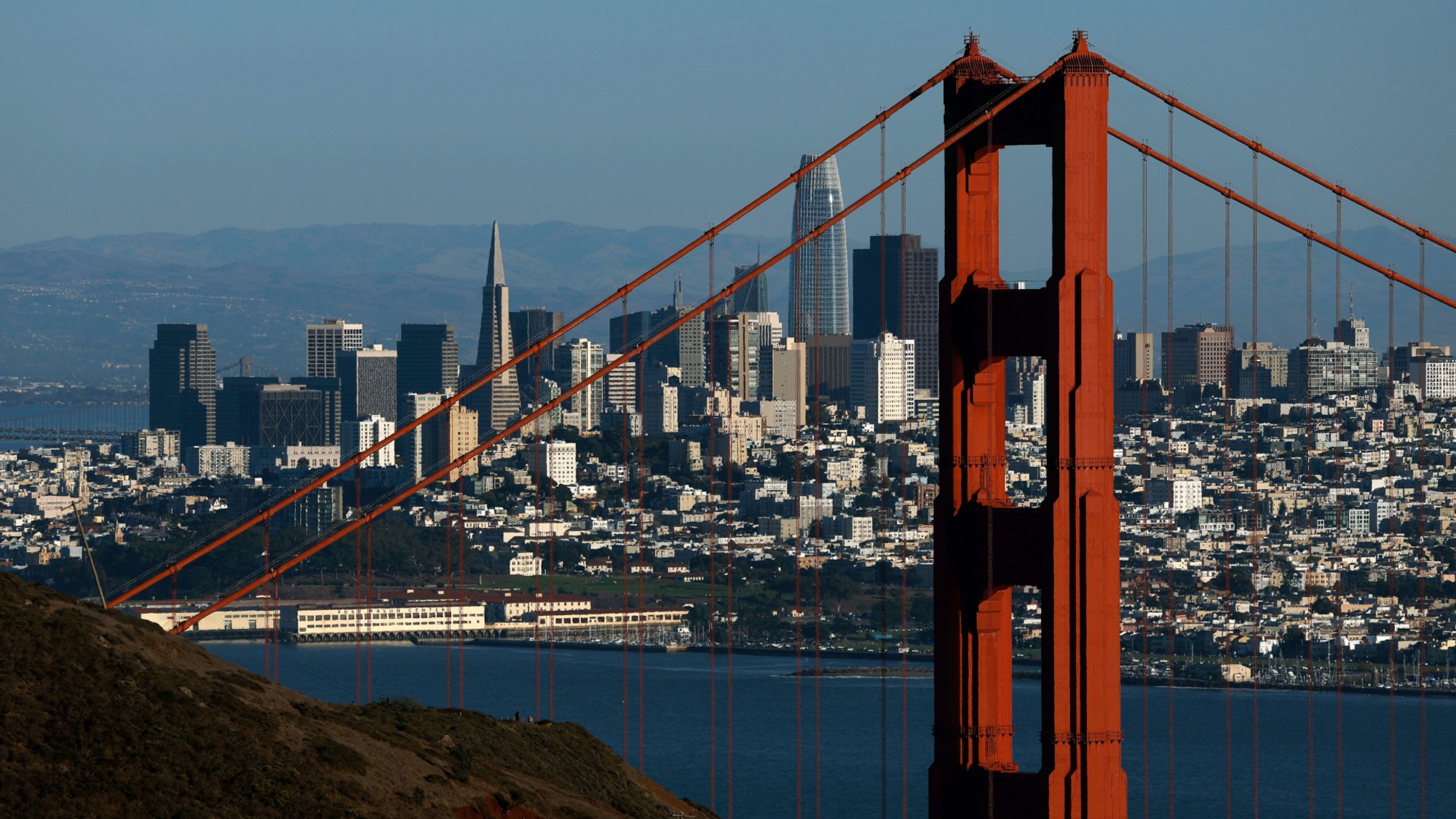 San Francisco tackles affordability problems with free child care
San Francisco tackles affordability problems with free child careThe Explainer The free child care will be offered to thousands of families in the city
-
 How realistic is the Democratic plan to retake the Senate this year?
How realistic is the Democratic plan to retake the Senate this year?TODAY’S BIG QUESTION Schumer is growing bullish on his party’s odds in November — is it typical partisan optimism, or something more?
-
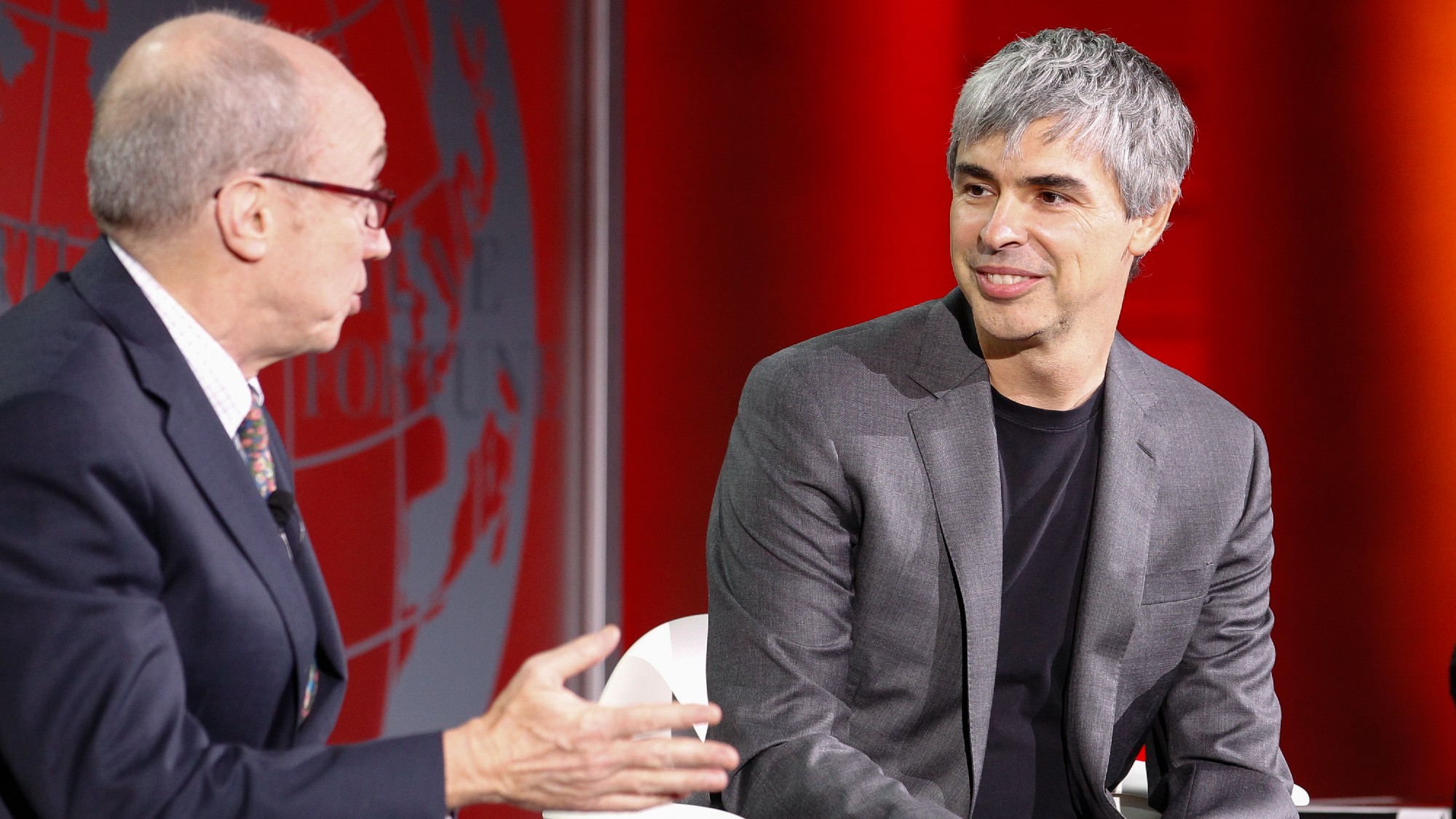 Taxes: It’s California vs. the billionaires
Taxes: It’s California vs. the billionairesFeature Larry Page and Peter Thiel may take their wealth elsewhere
-
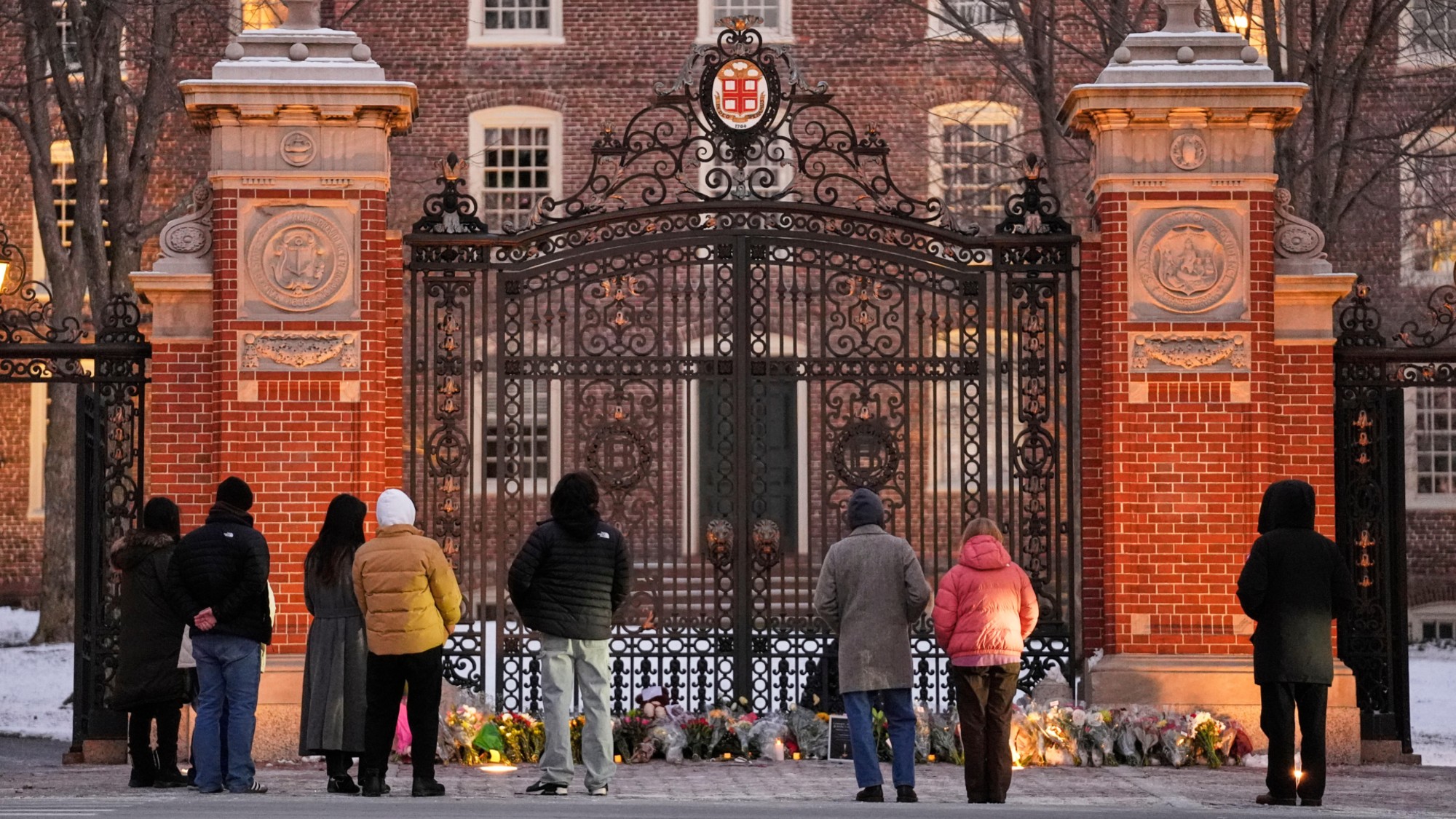 Campus security is under scrutiny again after the Brown shooting
Campus security is under scrutiny again after the Brown shootingTalking Points Questions surround a federal law called the Clery Act
-
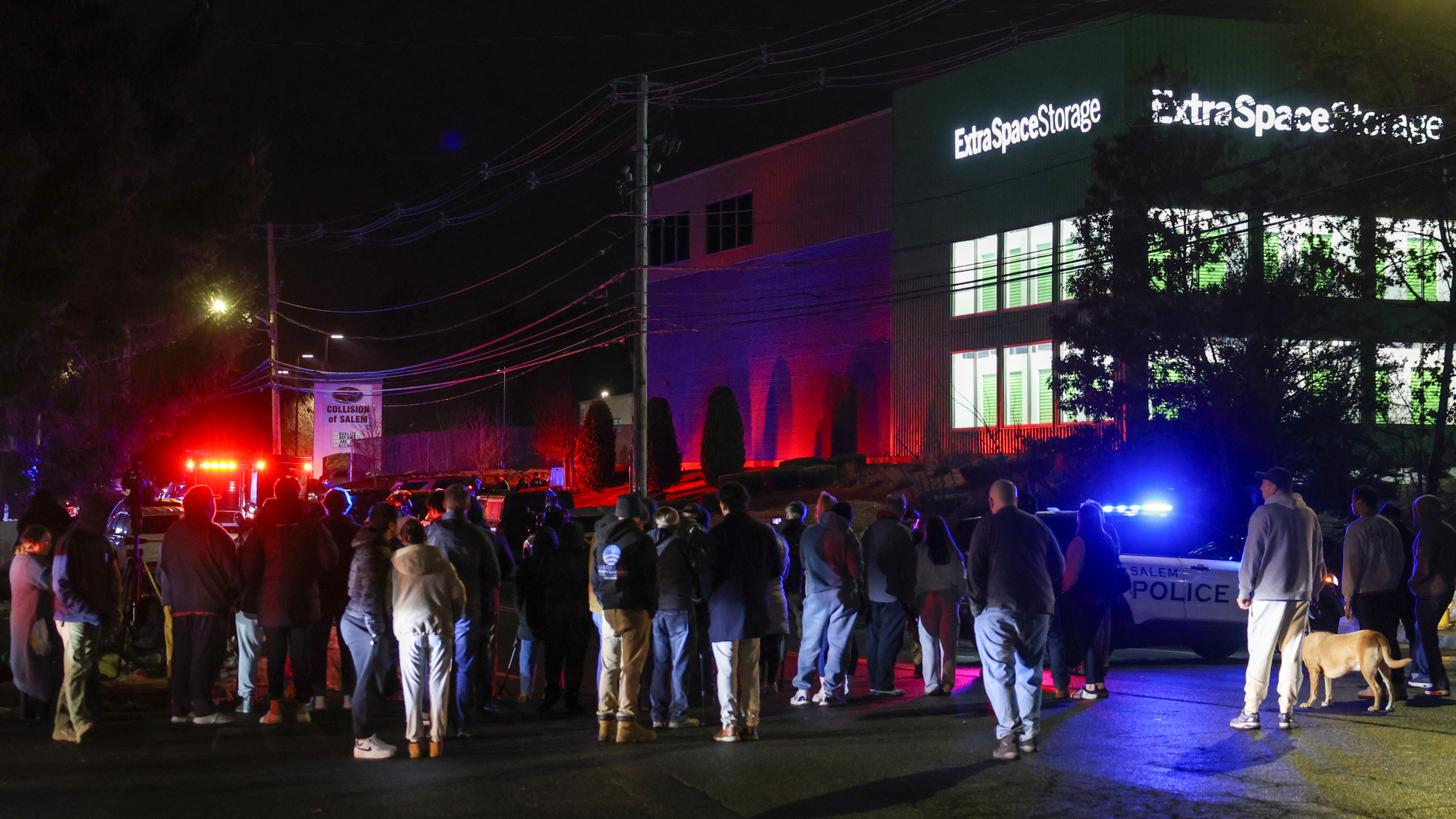 Sole suspect in Brown, MIT shootings found dead
Sole suspect in Brown, MIT shootings found deadSpeed Read The mass shooting suspect, a former Brown grad student, died of self-inflicted gunshot wounds
-
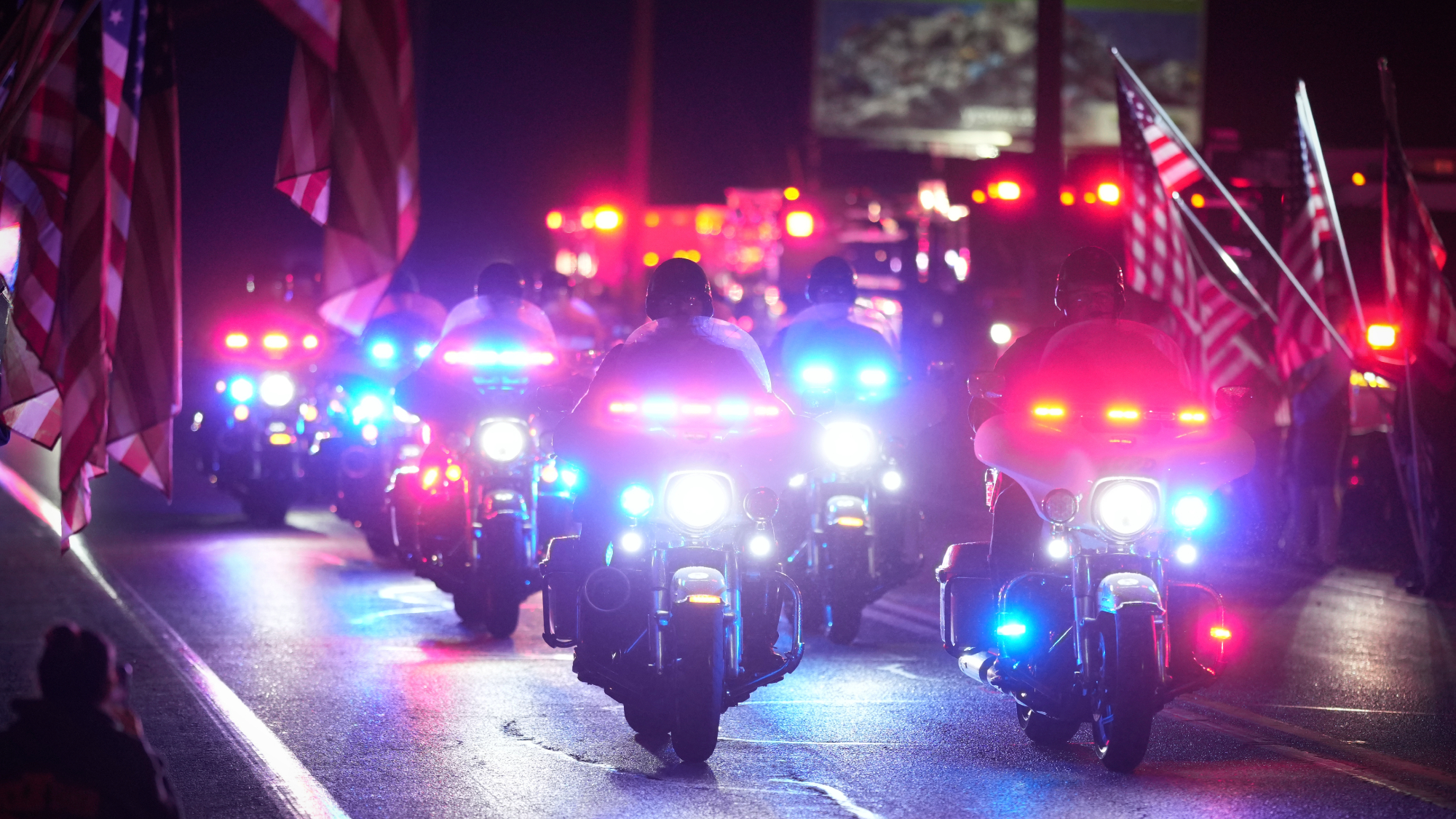 3 officers killed in Pennsylvania shooting
3 officers killed in Pennsylvania shootingSpeed Read Police did not share the identities of the officers or the slain suspect, nor the motive or the focus of the still-active investigation
-
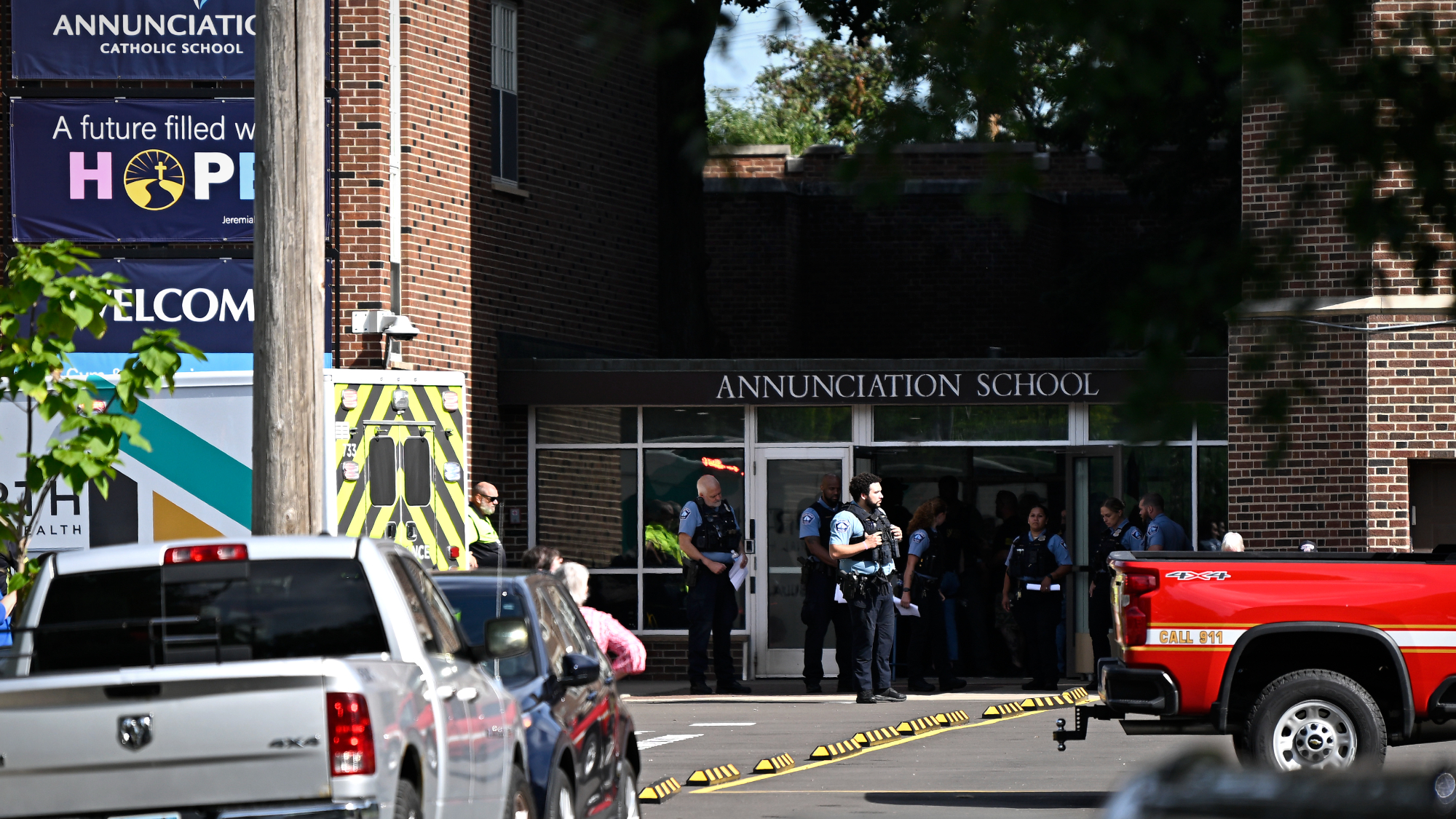 2 kids killed in shooting at Catholic school mass
2 kids killed in shooting at Catholic school massSpeed Read 17 others were wounded during a morning mass at the Annunciation Catholic School in Minneapolis
-
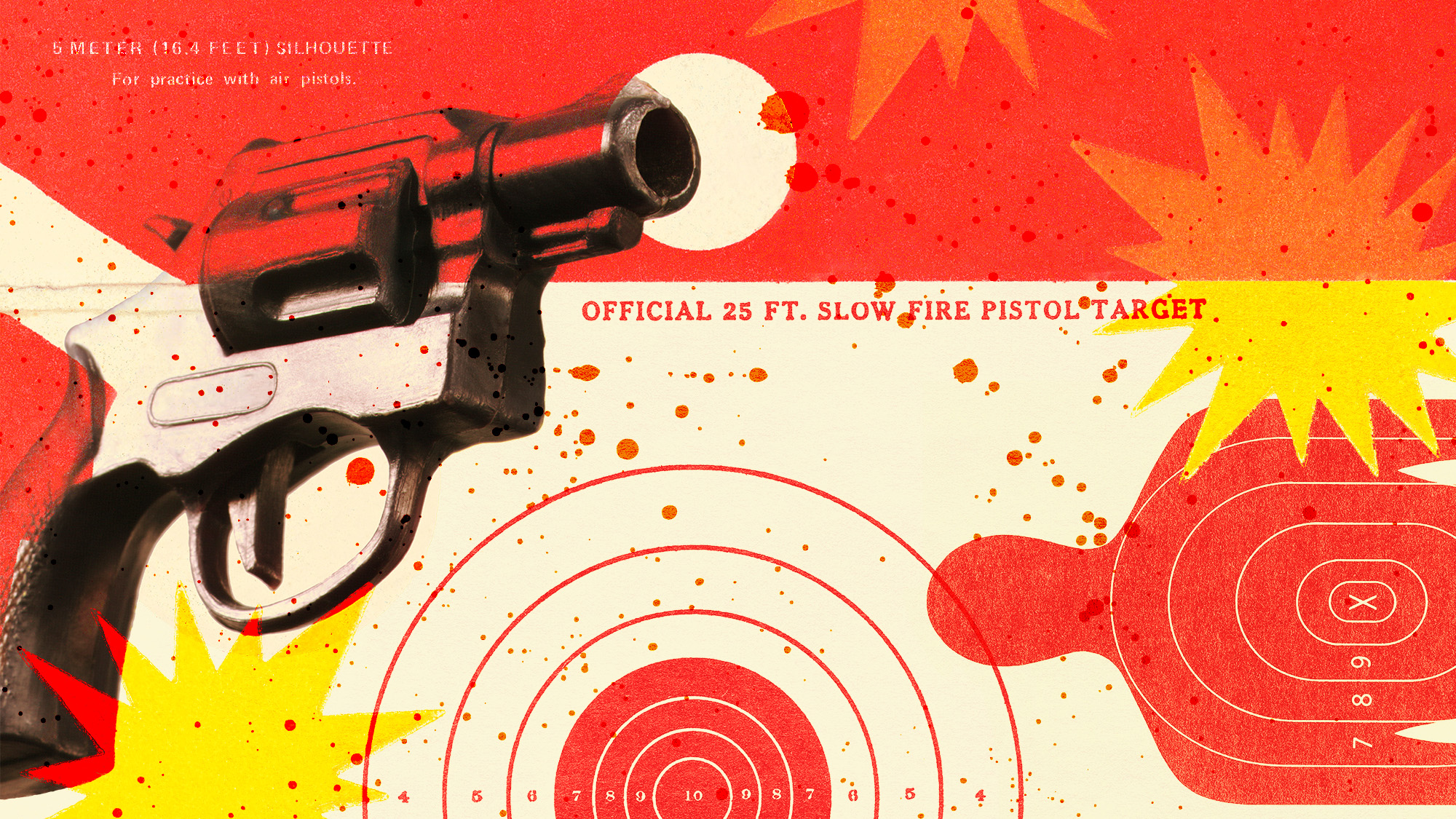 Trump lambasts crime, but his administration is cutting gun violence prevention
Trump lambasts crime, but his administration is cutting gun violence preventionThe Explainer The DOJ has canceled at least $500 million in public safety grants
-
 Aimee Betro: the Wisconsin woman who came to Birmingham to kill
Aimee Betro: the Wisconsin woman who came to Birmingham to killIn the Spotlight US hitwoman wore a niqab in online lover's revenge plot
-
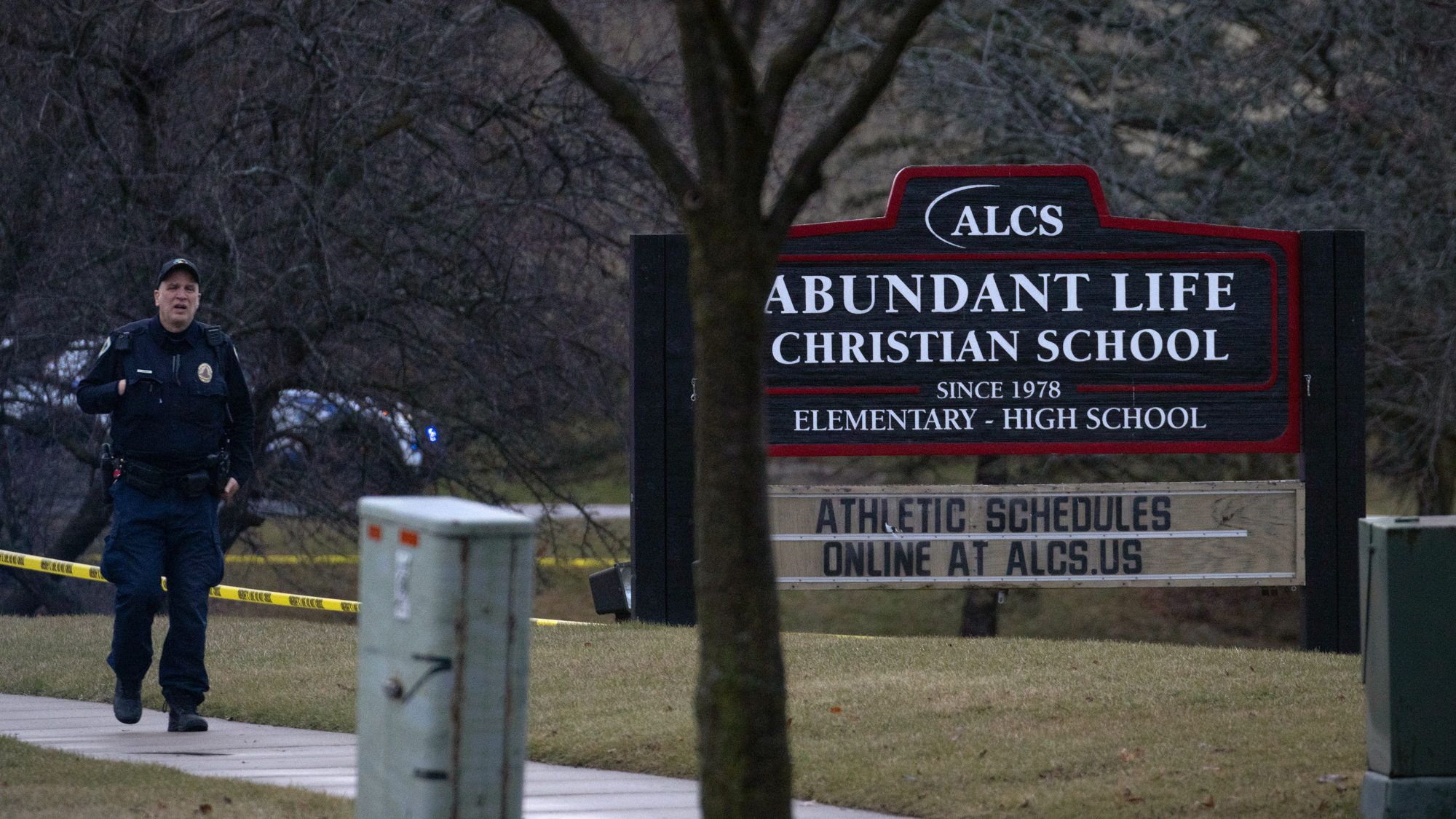 Teenage girl kills 2 in Wisconsin school shooting
Teenage girl kills 2 in Wisconsin school shootingSpeed Read 15-year-old Natalie Rupnow fatally shot a teacher and student at Abundant Life Christian School
-
 Father of alleged Georgia school shooter arrested
Father of alleged Georgia school shooter arrestedSpeed Read The 14-year-old's father was arrested in connection with the deaths of two teachers and two students
